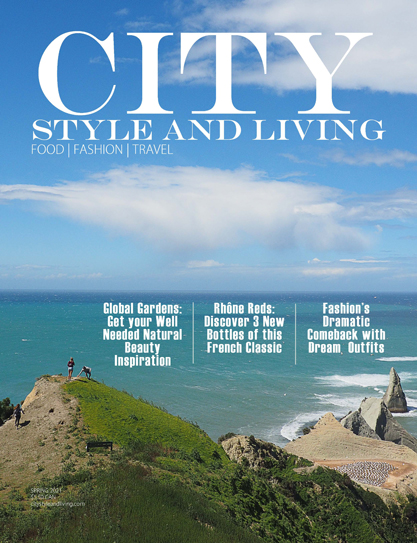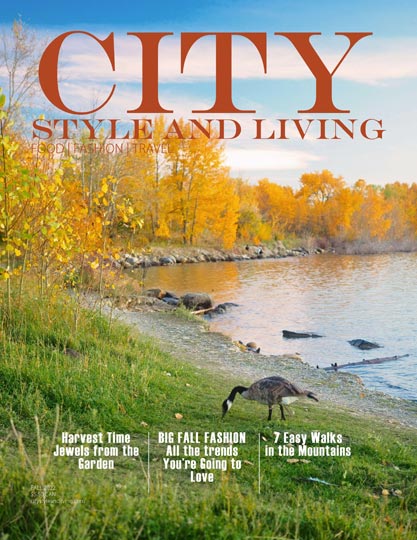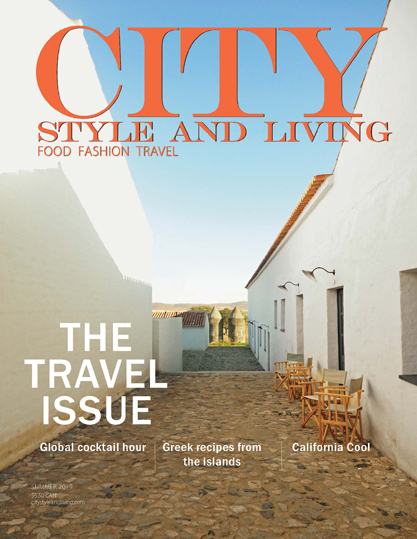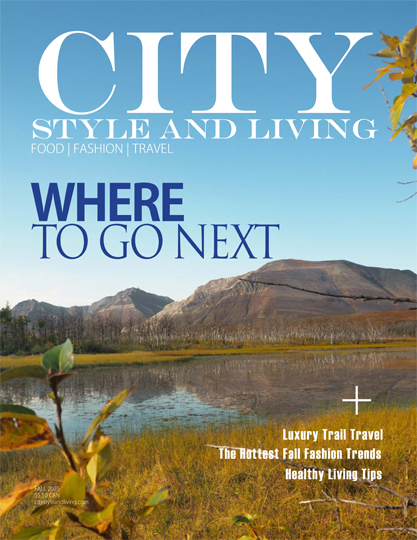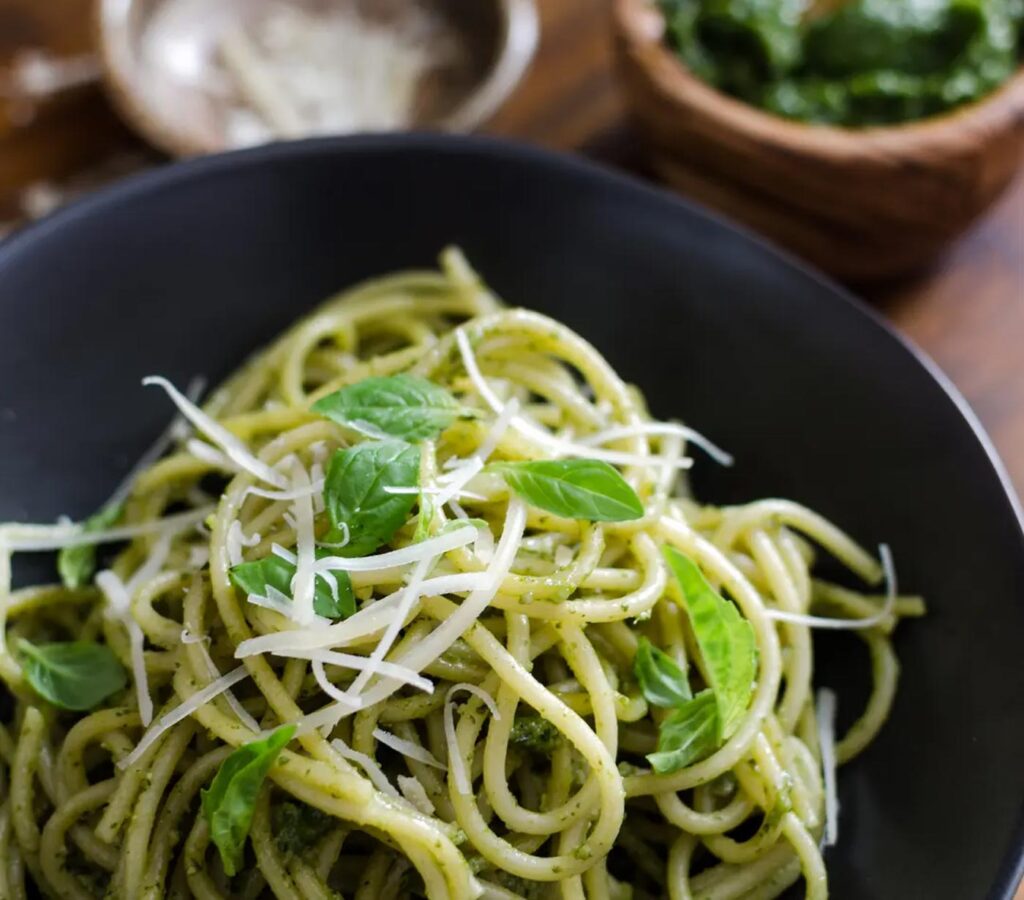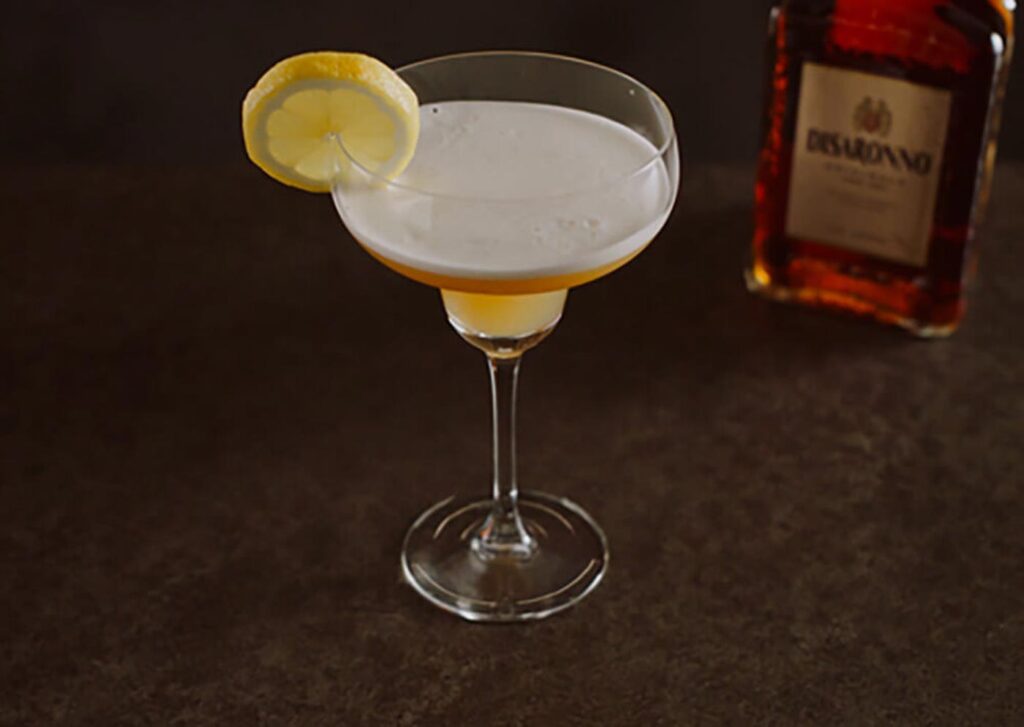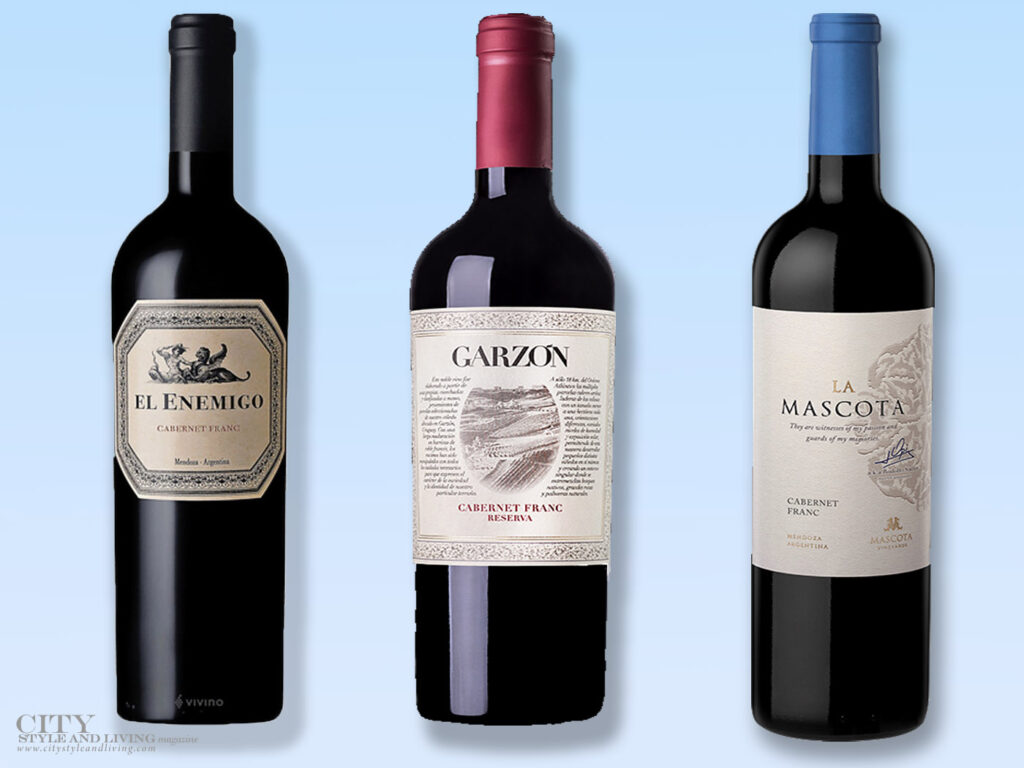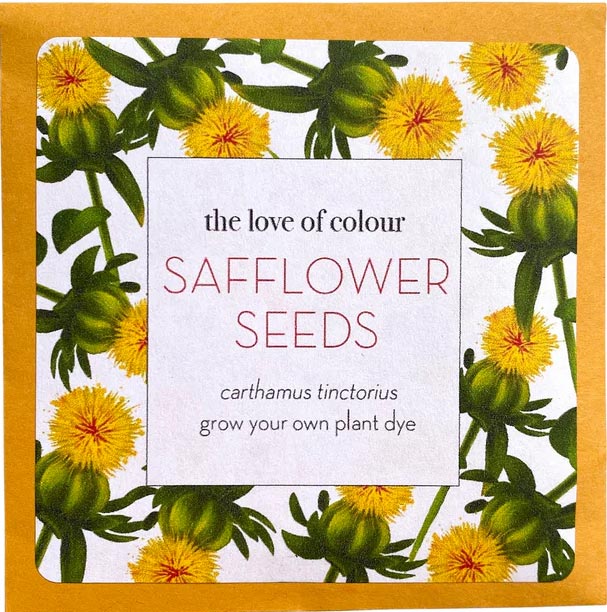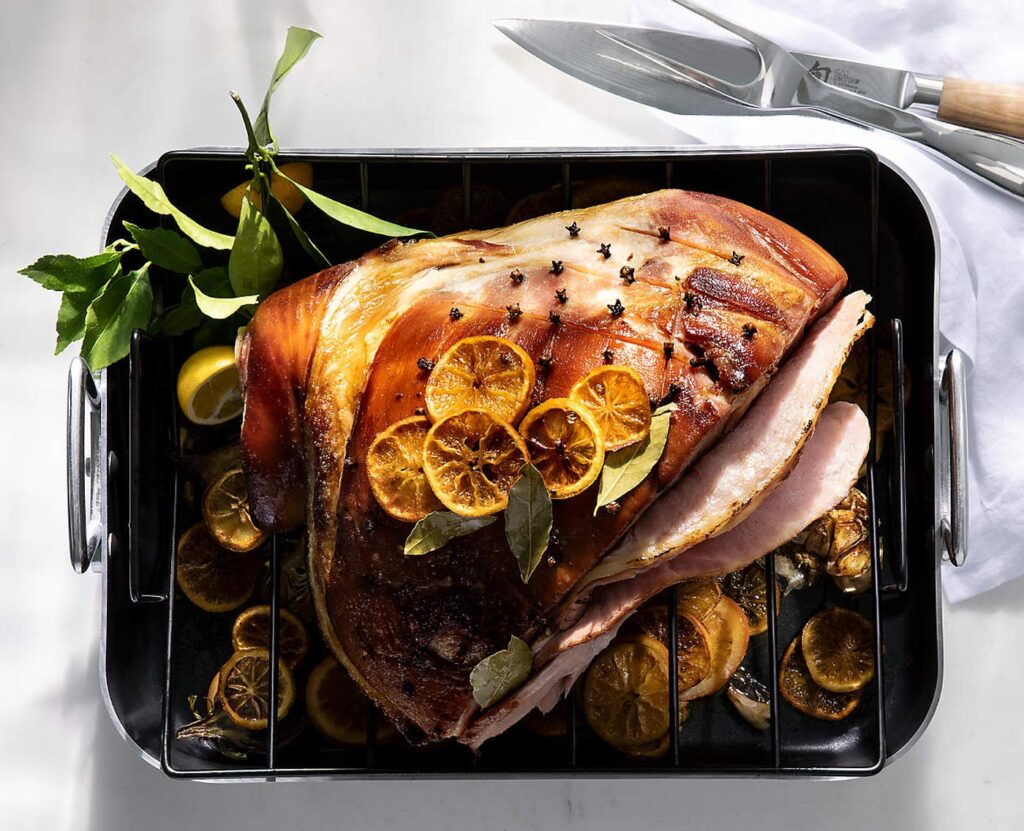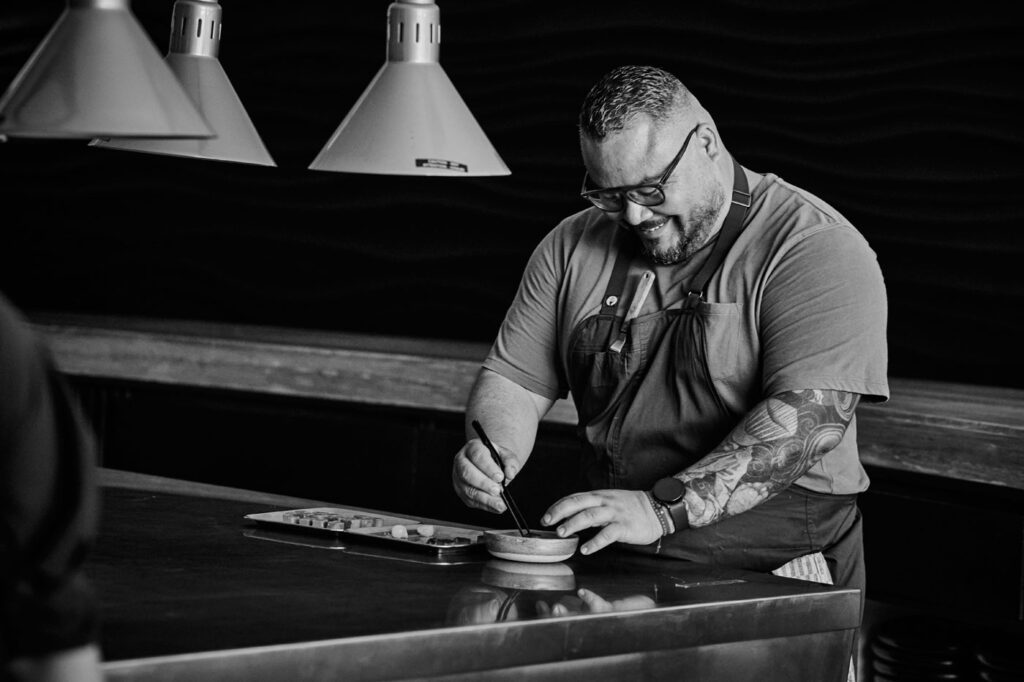
The water is green, alive, and in motion gently swaying from side to side. The surface of the water is like textured glass. Stare long enough and you get lost in thought. A boat nearby bobs smoothly, keeping in rhythm. So too do the other boats, tied up along the pier. The air is fresh and clean. It is sunny and hot, but the beer is cold and refreshing. Soon there are parchment paper-lined baskets of just-out of the fryer seafood caught earlier in the day – snapper and shrimp. I turn to the water and whisper thanks before breaking off pieces of tender, perfectly cooked fish, immediately followed by impatient peeling of head and shell-on fried jumbo shrimp. My dining companions and I go back and forth with the fish and shrimp. Our fingertips seasoned with the flavoured salt in which the fried seafood was tossed. This is a perfect taste of Aruba!
Fresh, playful, welcoming, sophisticated, fusion, artful, and homestyle are some of the ways to describe the diversity of the food in Aruba. Boasting of a population made up of over 100 nationalities, Aruba’s food scene is exciting and reflective of a melting pot as people bring their culinary traditions, adding to a place that is already full of flavour and freshness.
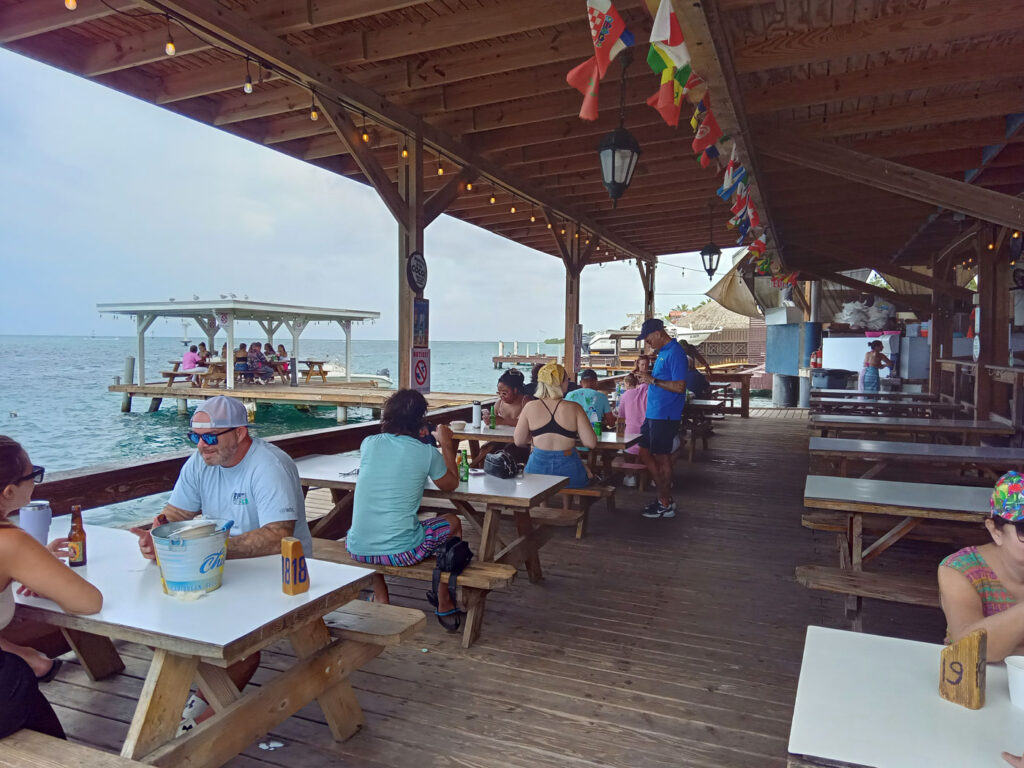
The ‘A’ of the ABC islands of the Dutch Caribbean, Aruba’s food draws influence from the Dutch (obviously), Spanish, Portuguese, Indigenous as well as Afro Caribbean. Whether it is a dish itself, a cooking technique or ingredients, the impact is evident. For example, there is Pastechi (Dutch) – deep fried pastries filled with meat, vegetables, seafood or cheese. Ayacas (Spanish) are similar to tamales – steamed cornmeal dough stuffed with meat, raisins, capers and olives, wrapped in banana leaves and steamed. If you know anything of Trinidad and Tobago’s cuisine, you would recognize these as Pastelles, a traditional Christmas dish. The hearty seafood stews have roots in Portugal. Made mostly with fresh fish which is abundant in Aruba, fresh tomatoes, onions, herbs, paprika and bell peppers round out this dish. From the Indigenous Peoples, the use of cornmeal in an island-favourite – Funchi. Italians will recognize this as polenta and in various parts of the English-speaking Caribbean, a varied preparation will make you say it’s similar to Cou-cou or Fungi. And just like many other parts of the Caribbean there is rice and beans – Arroz Moro.
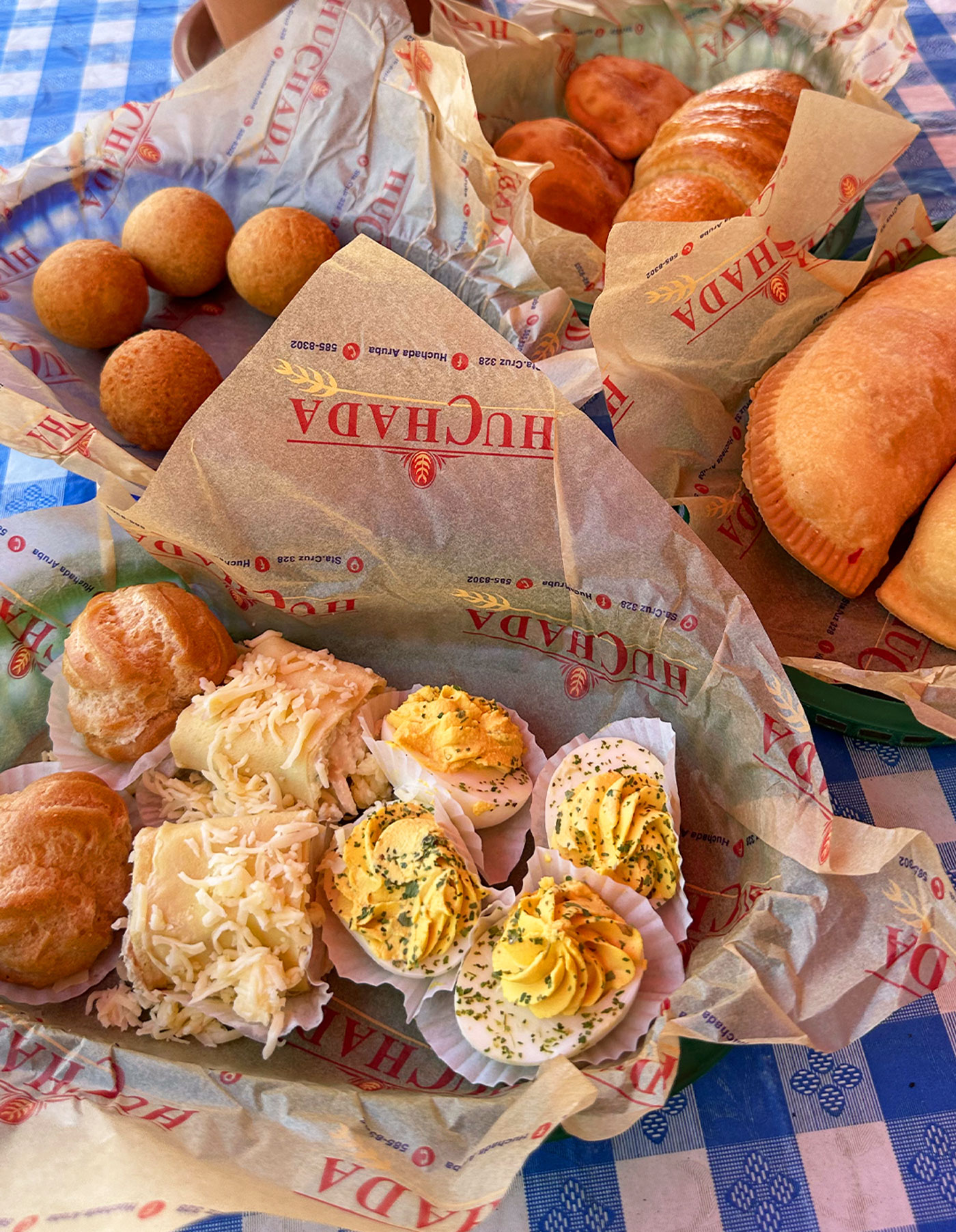
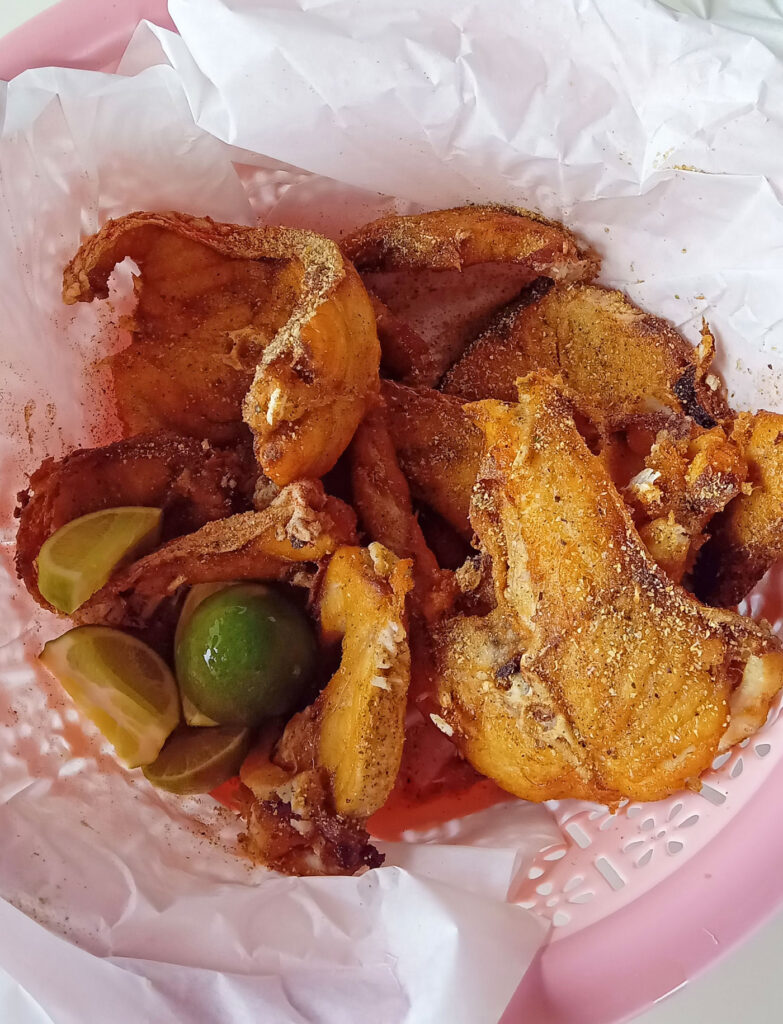
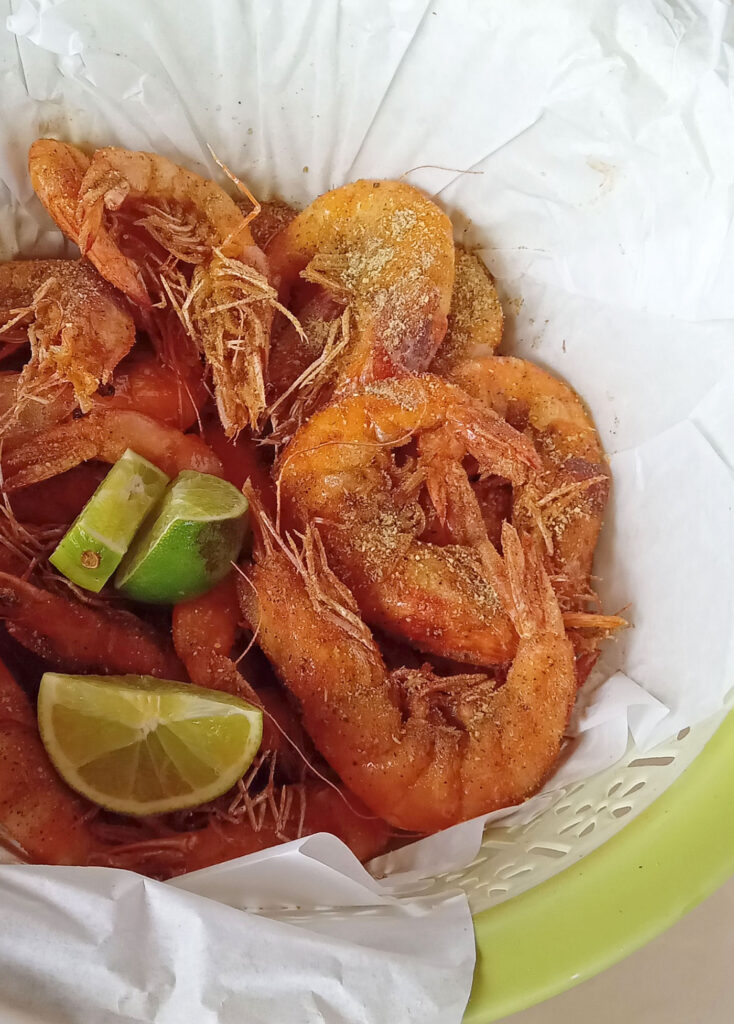
A home-cooked meal of fungi flavoured with ground cumin, finished with freshly grated Parmesan cheese and pats of melting butter, accompanied by pan-seared snapper, topped with a creole sauce of tomatoes, peppers, onions and fresh herbs, along with roasted broccolini and fried ripe plantains, made me feel right at home.
Another huge presence on the food scene in Aruba is South America. Arepas – cornmeal cakes stuffed with cheese, meats or avocado; Ceviche – fresh seafood, particularly fish, marinated in citrus juices, along with onions, cilantro and peppers, can be found throughout the island in restaurants, bars and even food trucks. I had some button mushroom ceviche that was deliciously refreshing as it was inspiring. It was home cooking at its highest. The open air wood fire preparation of meats for which South America is known, brings rustic elegance to dishes found in a number of mid and upscale restaurants on the island. Take your pick but definitely make one of them a must-try when you visit.
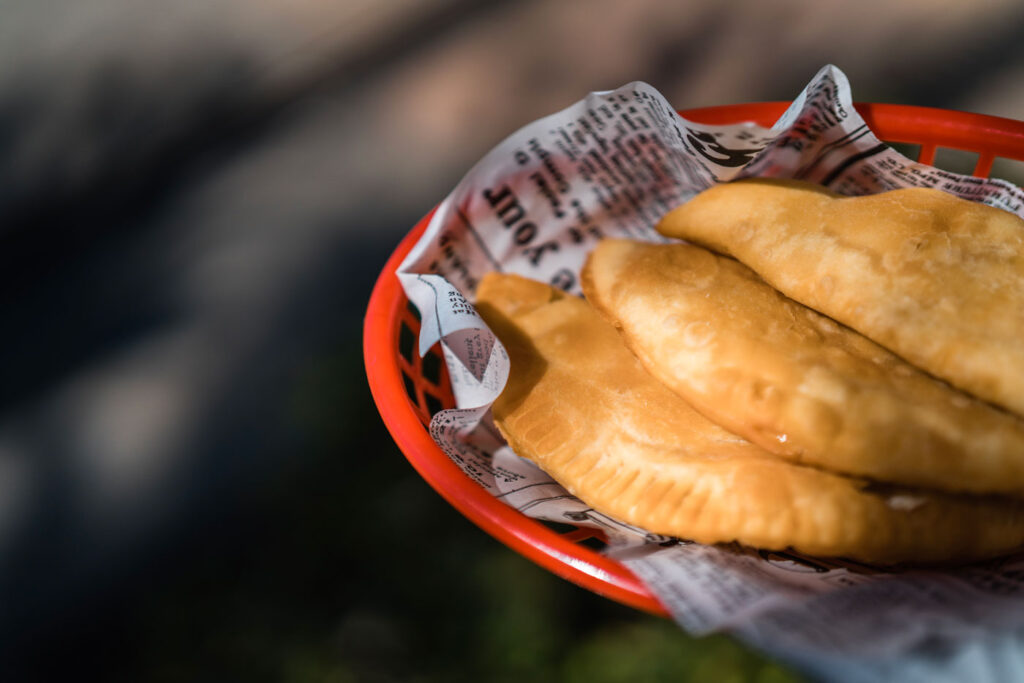
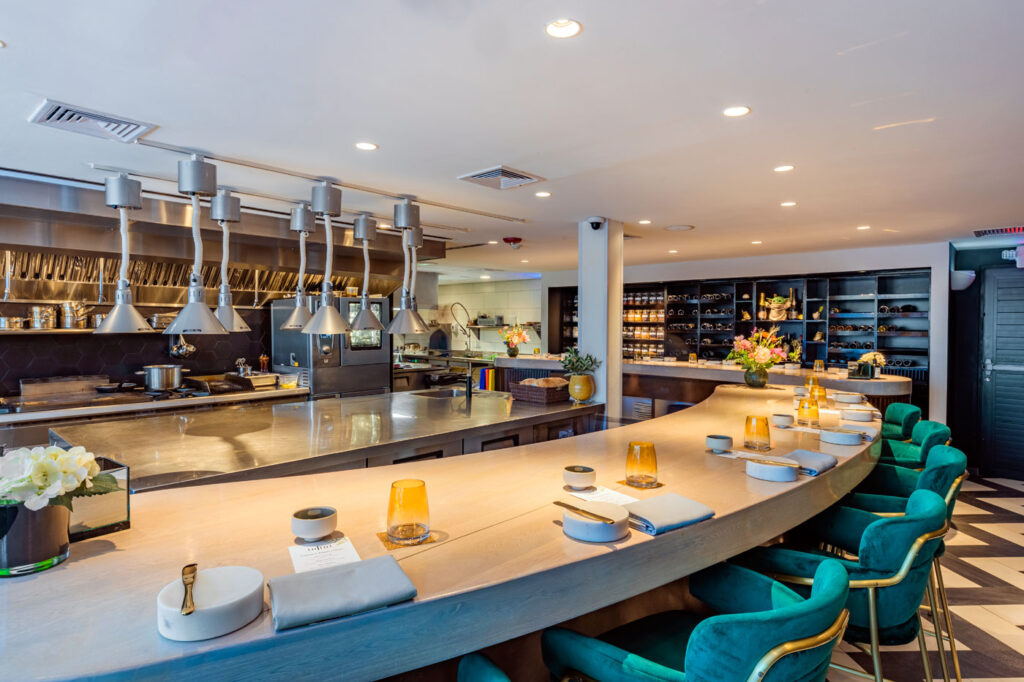
A seat at the table
The food in Aruba is opening up in many ways; it is some of the past, mixed with the present, and the future is promising. With a combination of experienced international chefs and local chefs returning home to the island after years and travelling, working and cooking, and opening their own establishments, there is a distinct mark on the food scene.
One such place and chef is Chef Urvin Croes with his restaurant, Infini. He returned to the island in 2010, and has, over the years, energized the dining scene in Aruba with his use of local ingredients. He practices sustainable cooking with a seasonal menu that changes every four (4) months based on availability. Chef Croes’ offerings are artful, sophisticated, and creative. His work is a study of what the mind can conceive.
An abundance of local ingredients is hard to come by in Aruba because of its arid, desert-like environment. The island receives very little rainfall, and when it does, it is sporadic, primarily between the months of October to January. Nevertheless, local farmers and producers work tirelessly to grow and raise local ingredients.
Working closely with local purveyors, Chef Croes pays homage to them and their efforts with stellar offerings that abound with limitless possibilities. A seat at his 18-seat chef’s table restaurant is a treat as well as an education. Throughout the dining experience, you interact with the chef and his team through storytelling – about the ingredients, whence they came, and the ideas behind the dishes. Moreover, you have the theater of seeing your food prepared right before your eyes.
A place and its food
The food in Aruba is a varied as its population that is made up of locals, expats and tourists. Dining options are plenty; there’s Mediterranean, French, Hawaiian, Japanese, Italian, International, local, Caribbean, and a whole lot in between that you can find at various types of eating establishments, including street food and food trucks. The island is writing and telling its own food story. It’s a place where everyone is bringing something to the table. Go… for the warmth of the people, and the sunshine that is all year round (over 300 days of sunshine annually) but stay for the food. Combined, they make the place One Happy Island!
This original article first appeared in the WINTER 2024/2025 issue of City Style and Living Magazine.
Get More Inspiration
from City Style and Living
